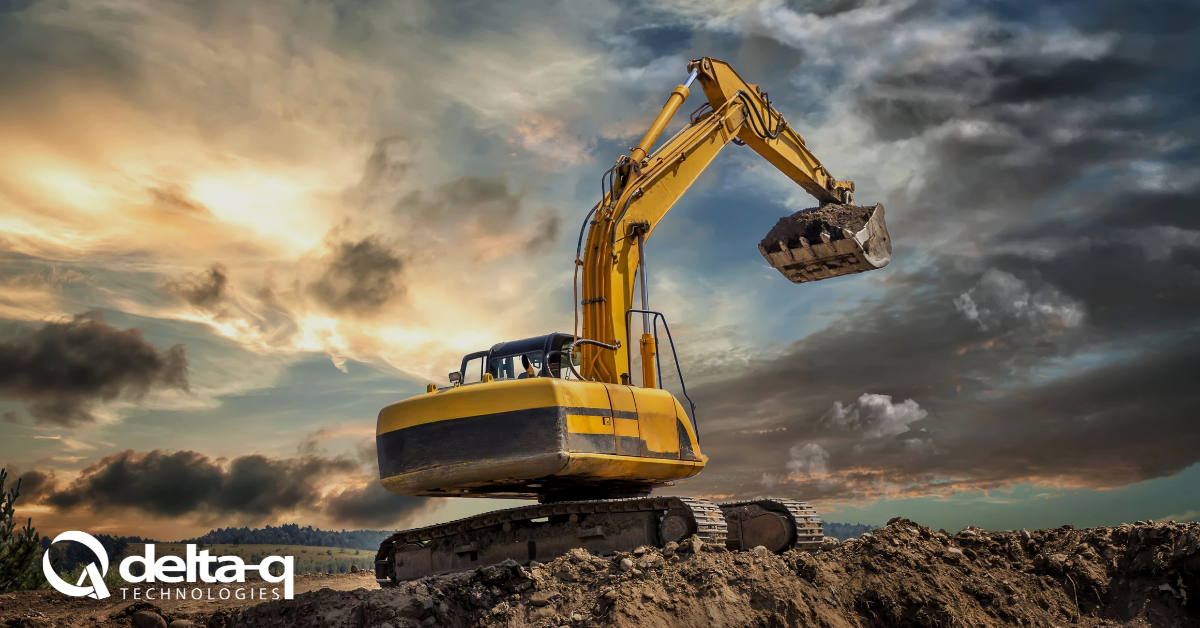This is Part 1 of a blog series dedicated to the major drivers and enablers for electrification within the construction industry.
As national and international regulations continually prioritize climate change mitigations, the construction industry and its manufacturers face the most significant shift since the introduction of non-road mobile machinery.
Electrification has been, is, and will increasingly become the solution—for both complying with environmental protection regulations and achieving greater market competitiveness.
The (Rising) Cost of Regulatory Adherence for Diesel-Powered Machinery
Regulations over the last 20 years have not been kind to the diesel industry. The ongoing rollout of stricter emissions standards has presented compliance challenges for vehicle and non-road mobile machinery manufacturers.
Development and production costs rise with each new emissions reduction phase. This is often due to particle filtration and expensive, computer-controlled monitoring equipment that must be engineered to integrate with diesel-powered platforms. Compliance for larger equipment may eventually require hybrid power.
Although primarily studying highway vehicles, the California Air Resources Board’s (CARB) 2020 analysis of the US Environmental Protection Agency’s Final Rule for Phase 2 Greenhouse Gas Emissions Standards demonstrates the regulatory burden. The paper’s estimates of the incremental per-vehicle compliance costs for tractors are:1
- Model years 2021-2023 – $6,48
- Model years 2024-2026 – $10,101
- Model years 2024-2026 – $12,442
The EU’s Stage V Emissions Regulations and China’s VI Emission Standard similarly represent global trends.
The UN’s COP 26 and Future Regulatory Impacts
Between October 31st and November 12th, 2021, the United Nations (UN) hosted its 26th Climate Change conference—COP 26—an event anticipated to renew national efforts to drastically reduce carbon emissions.
However, participants have stated that the measures adopted thus far will fall short of targets. As a result, negotiations over more ambitious pledges have begun, which upcoming regulations will reflect.2
Manufacturers can expect non-road diesel engine compliance costs to escalate accordingly.
Two Fronts and Two Routes Forward
Navigating these regulations presents manufacturers with challenges on two fronts, leaving two strategic routes for their response.
The first challenge consists of the rising expenses that engineering and production teams will face to meet requirements. This is an expected effect of environmental protection regulations, but is further complicated by the variance in national standards.
More broadly, the second challenge has already begun due to electrification’s proven viability across numerous applications. Economic and infrastructure-wide progressions will continually disincentivize diesel usage:
- Evolving development in battery technology
- Better access to (rapid) charging infrastructure
- Continuously decreasing electric platform development costs
- Improved operational efficiency and costs (e.g., low-speed power output, idling, startup time)
- Government incentive programs
- Popular sentiment
Two Strategic Routes Forward
Mobile construction equipment manufacturers have two routes to evaluate for their motive power strategies:
- Continually engineer existing and new diesel-powered platforms to comply with increasingly strict requirements, or
- Transition to electric or hybrid power
The first route doesn’t provide a reliable long-term strategy. Instead, it delays the coming transition. The current market viability of steam engines is analogous—without regulatory compliance pressures influencing that outcome.
In comparison, electrification via the second route does present manufacturers with increased upfront costs. However, the design, production, and ongoing maintenance of fewer sub-systems when compared to diesel counterparts achieve cost reductions elsewhere.
Fewer system components also result in fewer potential malfunction points. Additionally, electrification’s platform adaptability further streamlines production logistics and expenses.
Anticipating Electrification’s Reign
Although the common sentiment within the construction industry might currently remain “Diesel is King,” compression ignition’s reign is entering its twilight and electrification is already clawing at the crown.
Partnering with the right component suppliers will help original equipment manufacturers pursue the second route and electrify their construction machinery.
Want to learn more?
To learn more about the trends of construction equipment, visit the landing page below.





